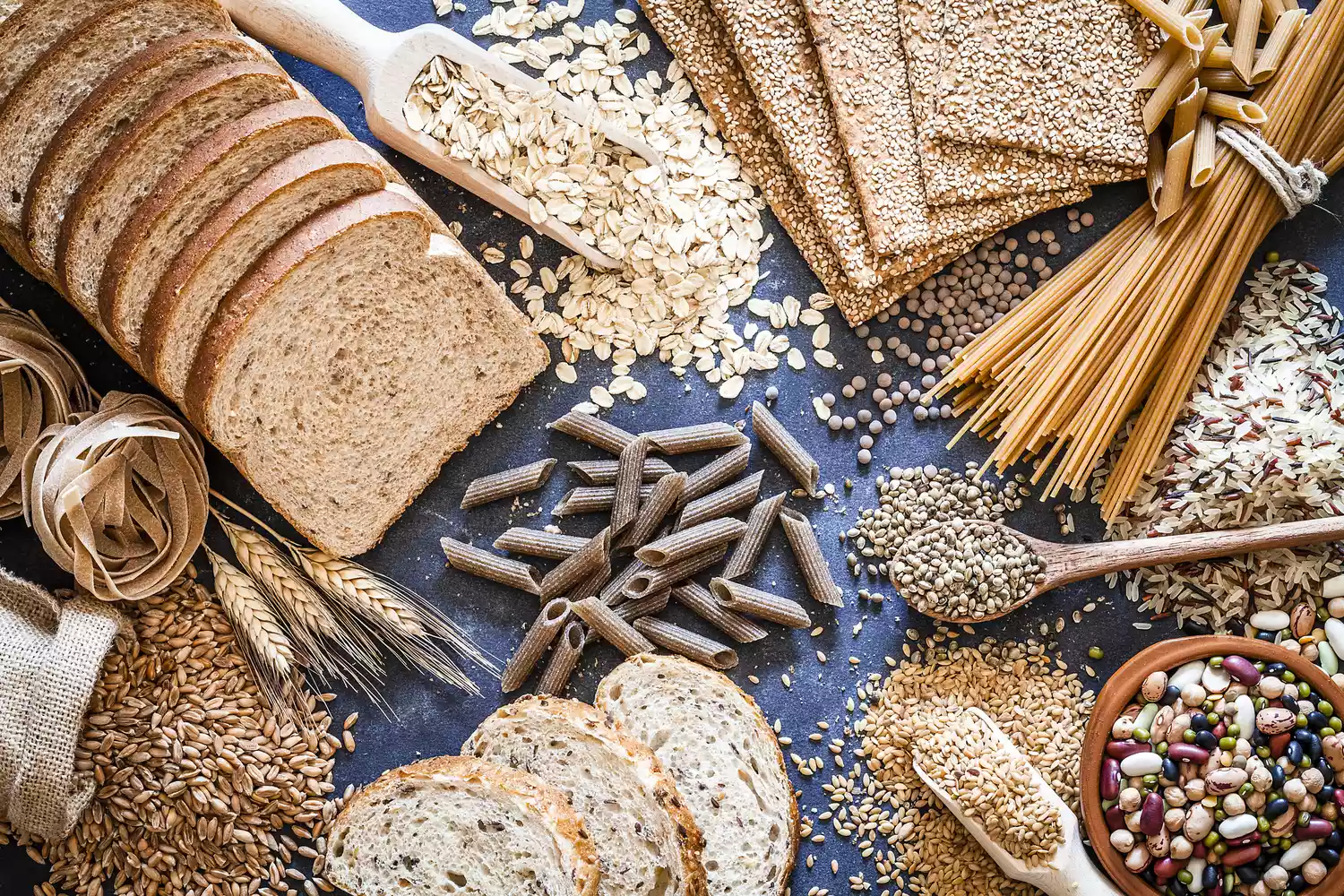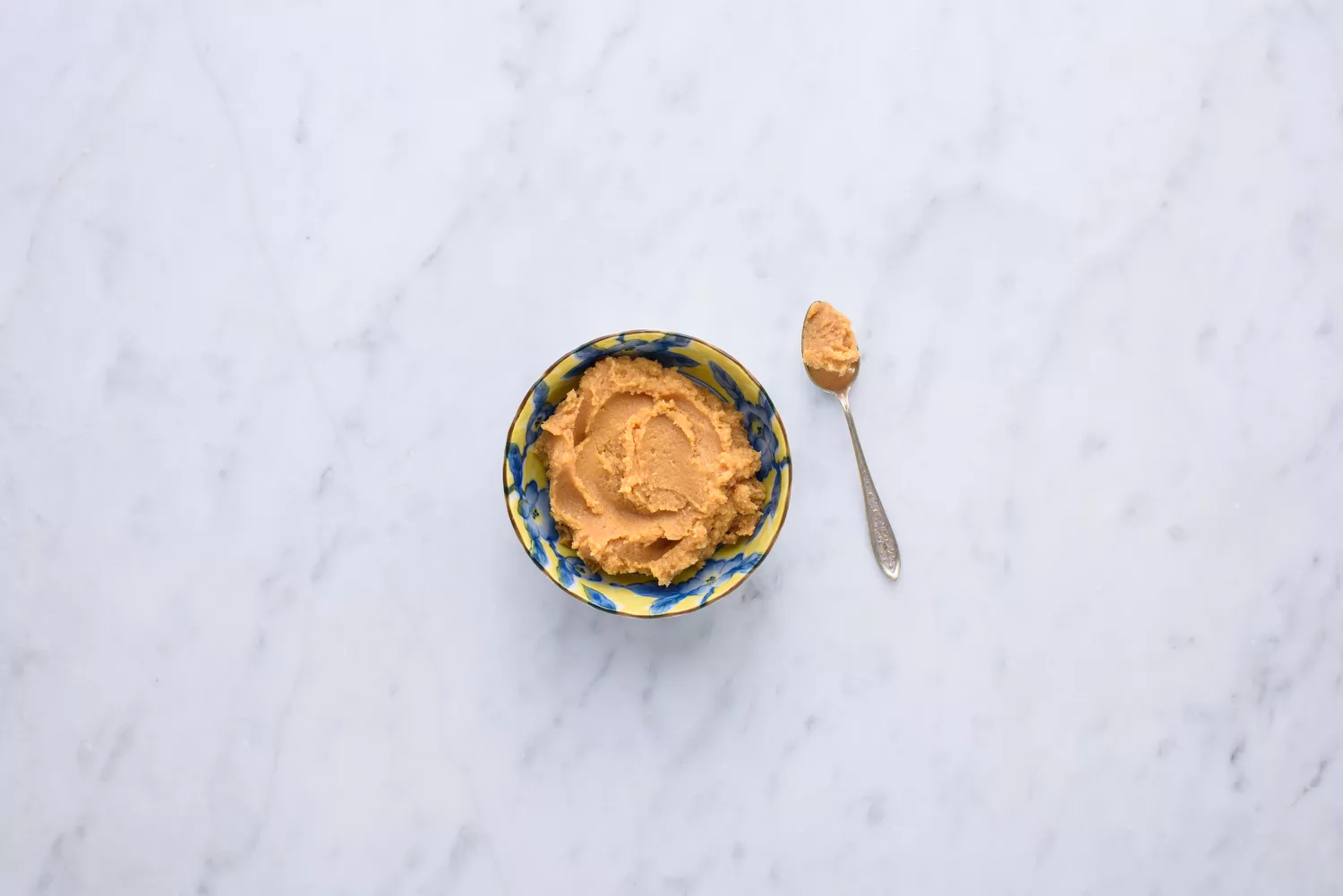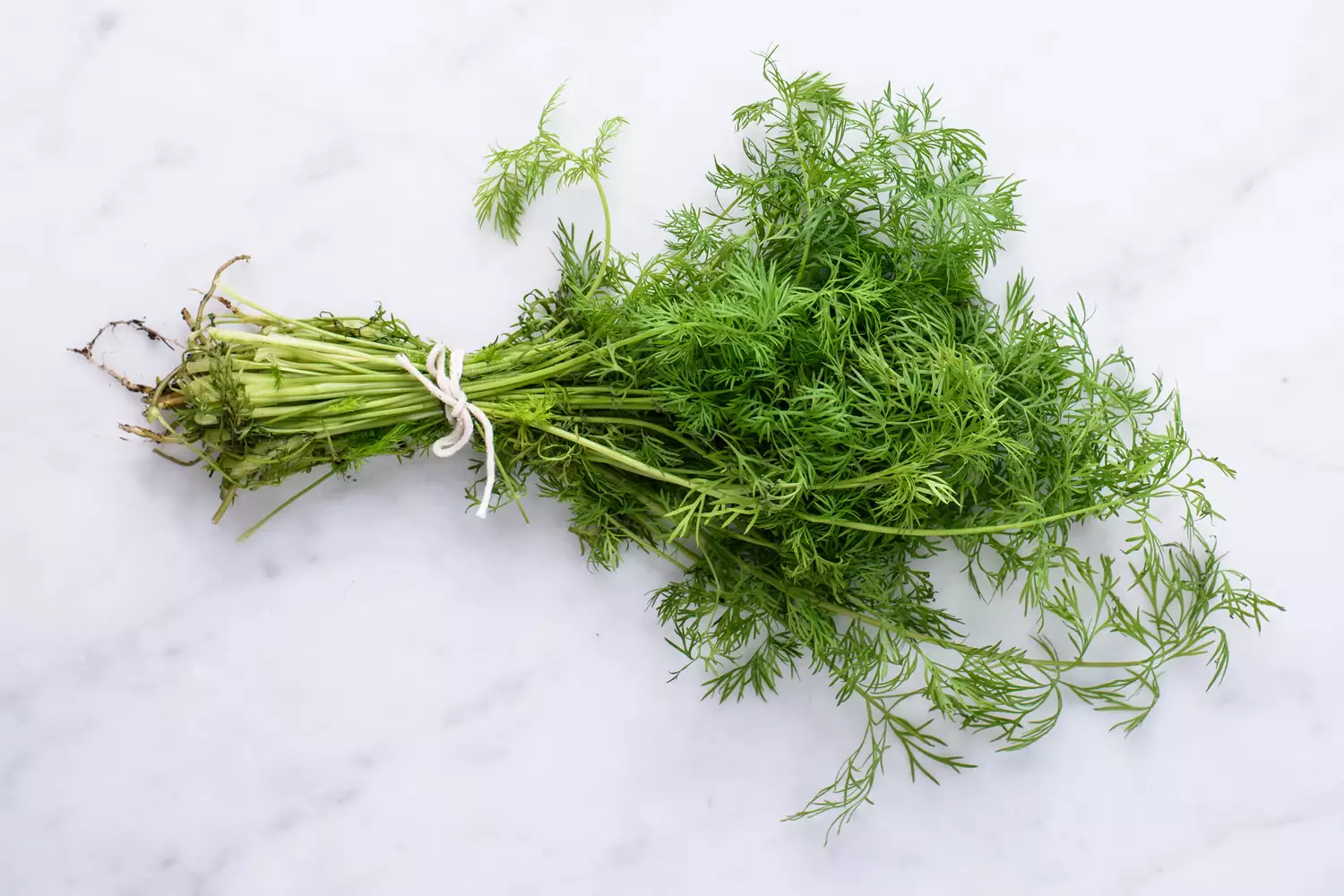Entire grains are a dietary staple worldwide. These passionate, healthy, and conveniently shelf-stable foods are loaded with important nutrients, consisting of fiber, vitamins, minerals, and antioxidants. It’s no surprise the USDA urges eating fifty percent your grains whole.1 They’re one key support of a well-rounded, healthy diet.
Though many people identify the dietary benefits of whole grains, the bulk still battle to take in the advised daily quantities. According to the Centers for Disease Control and Prevention (CDC), from 2013 to 2016, whole grains accounted for simply 15.8{64e9efbe745f9379218bc994add48b207b0d636d8d3672d8160107208b1b3f50} of Americans’ overall grain usage daily. The ordinary American is opting for highly processed, improved grains.
Incorporating a lot more whole grains right into your diet plan doesn’t have to be a difficulty. Many options are easy to accessibility, simple to prepare, and budget-friendly. Below’s exactly how to get on the entire grain train for far better health.

What Exactly Is a ‘Whole Grain’
You might recognize whole grains for their brownish shade compared to white, polished, refined grains. This color distinction tells a deeper story regarding their processing. Entire grains leave the entire grain bit undamaged, whereas fine-tuned grains have their bran and germ got rid of.
By preserving bran, germ, and endosperm, whole grains keep more nutrients. They often tend to be normally richer than their refined counterparts in nutrients such as fiber, B vitamins, copper, iron, zinc, magnesium, and anti-oxidants.
Benefits of Whole Grains
Though some current diet plan patterns (such as keto and paleo) have damned whole grains, scientific proof reveals that they are very nourishing. The Entire Grains Council, which tracks the most up to date research on grain scientific research, reports that taking in grains is related to reduced risk of stroke, type 2 diabetic issues, and heart problem, much better weight maintenance, much less inflammation, and reduced threat of intestines cancer.2.
In addition, entire grains can aid you reach your daily target of nutritional fiber– a goal much of us fall short of. When you eat enough fiber, you may see improvements in your digestive health, such as more routine defecation. The fiber in whole grains also “feeds” a healthy and balanced microbiome, which can have ripple advantages for countless locations of wellness– from reduced inflammation to much better mental health.34.
12 Entire Grains To Try.
When lots of people think of whole grains, their mind immediately goes to whole wheat. Yet there’s an entire world of entire grains to attempt. Increase your culinary collection with any one of the adhering to entire grains.
Barley: This timeless grain has a nutty taste and palate-pleasing chewiness. It is likewise a resource of beta-glucan, a sort of fiber that might help reduced cholesterol.5.
Brown rice: Try exchanging brown rice for white rice in stir-fries, covered dishes, or soups. It’ll include a heartier structure and additional fiber. And also, since the glycemic index of brown rice isn’t as high as that of white rice, it won’t elevate your blood sugar level equal.
Buckwheat: Fun fact: buckwheat isn’t in fact pertaining to wheat. It’s practically a pseudocereal, but it has a number of the exact same benefits as entire grains, like sufficient plant protein and fiber.
Bulgur: This chewy broken wheat makes a fantastic base for tabbouleh, grain bowls, or pilaf.
Millet: You can acknowledge millet by its tiny, round grains. Its light taste and quick cooking time make this an outstanding go-to for weeknight meals. It likewise happens to be gluten-free.
Oats: Sure, oats are a common morning meal option, but think about including them to dessert and supper choices, like fruit crisp and meatloaf. Like barley, they’re high in cholesterol-lowering beta-glucan.
Quinoa: Botanically, quinoa is really a seed, but for nourishment purposes, it’s classified overall grain. It’s likewise a full protein resource, implying it contains all the important amino acids your body can’t make by itself.
Rye: Rye has a distinctive, licorice-like flavor you most likely identify from rye bread. Besides bread, other baked goods are additionally delicious vehicles for rye grains.
Sorghum: If you’ve never ever tried sorghum, you might be pleasantly amazed by its mildly sweet flavor. Consider it as an option to rice or couscous.
Teff: This squishy bread from Ethiopia is expanding in popularity in the U.S. It’s usually utilized to make a side recipe, however you can likewise prepare it by itself for an earthy-flavored side dish.
Whole wheat: You don’t have to look tough to locate whole wheat versions of bread, pasta, and flour. Choose these as typically as possible in your cooking and cooking.
Basmati rice: Vibrant basmati rice has much longer, darker grains than white. It’s also higher in fiber and anti-oxidants.
Exactly how to Pick More Whole Grains.
So you’ve chosen some fantastic grains– currently what? Including these foods right into your diet is usually a matter of imagination and planning. Here are some ideas on exactly how you can make whole grains a normal component of your diet plan.
Be a diligent tag viewers. Choose whole-grain variations of bread, pasta, and grains whenever possible. When unsure, look for an entire grain as the very first ingredient– or look for foods classified “100{64e9efbe745f9379218bc994add48b207b0d636d8d3672d8160107208b1b3f50} whole grain.”.
Select whole grains at home. By going with mostly whole grains in your home food preparation, you’ll likely get to the recommended target of “making half your grains entire.” After that, when dining out, you can have the liberty to pick polished grains if you like.
Want to experiment. If you often tend to stick with the same small rotation of grains, consider branching out. Less common alternatives like quinoa, teff, millet, or bulgur can be the uniqueness you really did not know your mealtimes were missing out on.
Assume outside the side. Whole grains make great side meals, but that’s not the only training course they comprise. At breakfast, a quinoa porridge could take spotlight, while supper might resemble a brown rice-based stir fry or sorghum grain bowl.
Go half and half in baking. In some cases, baked products like muffins, fast breads, and cakes that call for polished flour can be modified for extra fiber and nutrients. Try subbing one-quarter to half of a recipe’s white flour with whole wheat flour, oat flour, or an additional whole grain flour.


